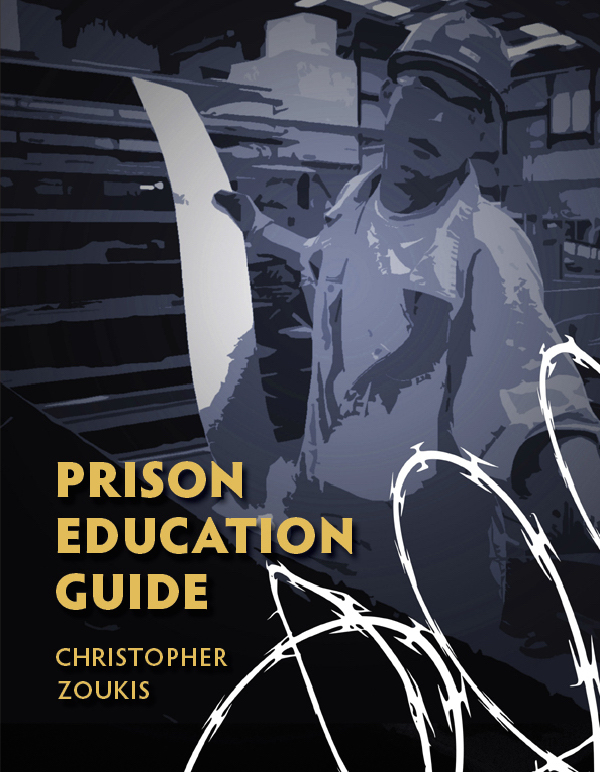Racial Disparity at Sentencing on the Rise
by Anthony Accurso
A new Council on Criminal Justice report shows disturbing trends in worsening sentencing disparities for black and Latinx people, even as the U.S. softens its stance on non-violent and drug crimes, The Appeal reports.
The report aggregated data from the years 2000 and 2016 and compared the statistics for each racial category as a population in prison, in jail, on probation, and on parole.
The only trend that seems to be running contrary to increasing disparity is that white people were being sent to prison or jail, or placed on probation or parole, more often in 2016 than in 2000.
This is partly a function of long sentences getting longer and possibly influenced by the opioid crisis spreading through poor and middle-class white communities.
However, black people are still five times more likely to be in prison and 3.8 times more likely to be in jail than white people. This, despite the number of black men in prison for drug offenses dropping by half, and the number of black men incarcerated for property offenses being down 24%.
The report’s authors point out that this is being driven by more black men being incarcerated for violent offenses and public order offenses. So while fewer black men are incarcerated as a whole, their sentences, especially for violent crimes, are rapidly increasing.
According to Weihua Li of the Marshall Project, “the prison time for black people grew at a rate almost twice as fast [as white people].”
While life sentences are a rarity elsewhere in the world, one in nine prisoners are serving life sentences. Black people are overrepresented in this group. The report’s authors found that in 35 of 44 stats examined, “racial disparities in prison were starkest among people serving the longest 10 percent of terms.” The authors point to how criminal history data is used to enhance sentences, especially for black men younger than 25, and how such factors prejudice minority communities that experience draconian policing and prosecution.
Most shocking is data on death sentences. Aggregating data since the Supreme Court reinstated the death penalty in 1976 shows that 51 percent of those sentenced to death since then have been people of color. However, when you narrow the window to the last 10 years, that figure jumps to 75 percent. Texas, the state that hands out more death sentences than any other, sent seven people to death row in 2018. All of them were men of color.
---
Source: theappeal.org
As a digital subscriber to Criminal Legal News, you can access full text and downloads for this and other premium content.
Already a subscriber? Login





